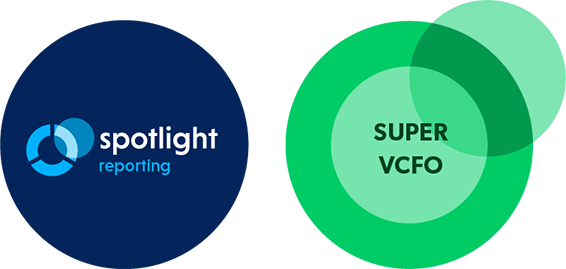Understanding the Dynamics: Creditor vs Debtor
In the world of business and finance, the concept of creditor and debtor is fundamental to understanding how financial transactions occur. Whether personally or in terms of your business, chances are you have encountered these terms in your financial dealings. This blog aims to provide a comprehensive understanding of the dynamics between a creditor and debtor, shedding light on their roles, rights, and responsibilities.
Definition and meaning of a creditor
A creditor, in simple terms, is an individual or an entity that extends credit to another party. In other words, a creditor is someone who lends money or provides goods and services on credit to a debtor. This could be a bank, a financial institution, a supplier, or even an individual. The primary goal of a creditor is to receive repayment for the credit extended, along with any applicable interest or fees.
Definition and meaning of a debtor
On the other side of the financial relationship, a debtor is an individual or an entity that owes money or has an outstanding obligation to a creditor. When a debtor borrows money or receives goods and services on credit, they enter into a legal agreement with the creditor, promising to repay the debt within a specified timeframe. The debtor is responsible for fulfilling this obligation, either through scheduled payments or as mutually agreed upon with the creditor.
Creditor vs debtor in accounting
In accounting, the creditor and debtor relationship is crucial for maintaining accurate financial records. A creditor is recorded as a liability on the balance sheet, representing the amount owed to them by the debtor. Conversely, a debtor is recorded as an asset, representing the amount they owe to the creditor. These entries help provide a clear picture of the financial health of both parties and are essential for financial reporting and analysis.
Managing debtors
As debtors are assets, having a large number of debtors is positive as it means your business is generating sales. The caveat to this is you need to ensure you are managing your invoices, ensuring payment is received promptly and inline with your payment terms. Failure to have processes in place to keep on top of payments can result in cash flow issues. This can be a common issue, where a business looks healthy from a balance sheet perspective, but struggles with the cash flow to cover everyday expenses.
To help manage this, you should have processes in place to monitor debtors, ensuring overdue invoices are promptly followed up. This will ensure your old/aged debtors are kept to a minimum.
Conclusion
Understanding the dynamics between a creditor and debtor is crucial as a business owner. Whether you/your business is fulfilling the role of creditor extending credit or a debtor incurring a debt, knowing your rights and responsibilities is essential for maintaining healthy financial relationships. By understanding these dynamics, you can navigate financial transactions with confidence, mitigate risks, and ensure fair treatment for all parties involved.
If you are unsure of anything or have further questions, please get in touch. We’d love to hear from you.





